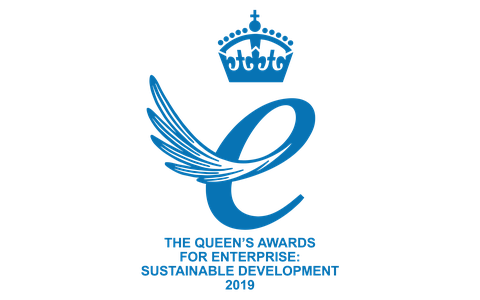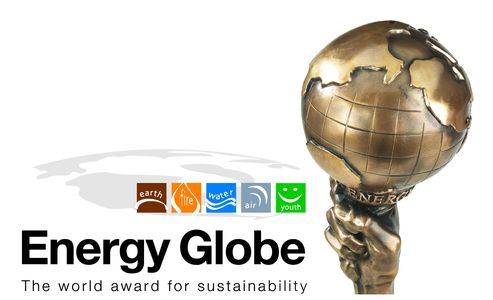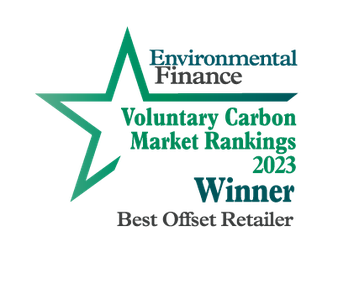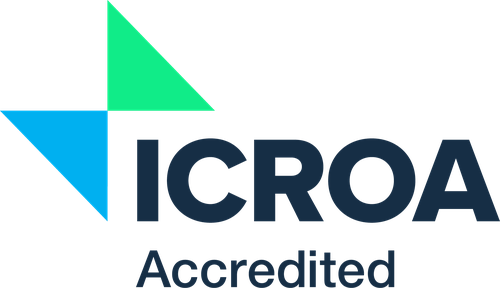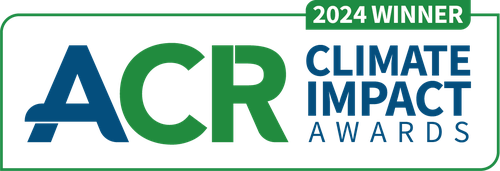We can help partners access up front finance to get their project going, and provide cashflow until carbon credits are issued and sold.
What is carbon finance?
Carbon finance is payment for the delivery of emission reductions. If your project avoids or reduces carbon emissions, and is additional to ‘business-as-usual’ (i.e. not something that will happen anyway), there is a possibility that you can secure carbon finance to help make it financially sustainable.
We help quality projects to monetize their climate and other positive impacts, in order to scale their work. We’ve supported more than 600 carbon removal and avoidance projects in 56 countries.
The Benefits of Carbon Finance
Learn more about the benefits of carbon finance and how it can become a reliable source of revenue to fund impact.
Find out moreThe opportunity for carbon finance
The demand for carbon finance is rising. In 2021, the voluntary carbon market was valued at $2 billion. McKinsey & Company estimates that demand in the voluntary carbon market could reach 13 billion tonnes by 2050, up from 100 million in 2020. This increase is driven by growing corporate climate commitments.
42% of companies in the Fortune Global 500 have now delivered a significant climate milestone or are publicly committed to do so by 2030. Read more in our latest research report
The current pipeline of carbon credit supply based on registered projects will not be able to meet demand on a 1.5°C pathway scenario. We need more carbon projects to the generate supply needed to meet the demand in the voluntary carbon market.
-
-
Every carbon credit represents one tonne of carbon reduced or removed, but not all carbon credits are equal in financial value. Factors that influence demand, and therefore price, include: The type of project, its location, the benefits it delivers for local communities and biodiversity, the volume of similar credits on the market and trends in best practice climate action.
-
Climate reduction projects can range from nature-based solutions, improved household technology to renewable energy solutions.
Some projects prevent carbon emissions entering the atmosphere, such as those that replace devices using fossil fuels with cleaner technology (clean cooking).These are often known as carbon reduction or avoidance projects.
Other projects take CO2 out of the atmosphere, such as planting trees which sequester carbon as they grow. These are known as removals projects.
The positive impacts delivered by emission reduction projects are not limited to the climate. Many projects also deliver positive outcomes for local communities, economies, health, and the natural world, contributing to the UN Sustainable Development Goals. Funding emission reduction projects by purchasing carbon credits helps provide necessary finance to sustain the project.
We deliver some of the largest carbon offsetting programs in the world and have supported over 600 projects in more than 56 countries.
-
International carbon standards - like the American Carbon Registry, Gold Standard and Verified Carbon Standard (VCS) from Verra - each have their own project methodologies. Projects must register with one of these bodies and deliver in line with a specific methodology. Carbon reductions will be measured against an agreed baseline, and independently verified by a third-party, before any carbon credits are issued for the project to sell.
Could your project benefit from carbon finance?
Read more about how we select project partners
Are You a Current Project Partner?
Our impact simply wouldn’t have been possible without the experience of the Climate Impact Partners team. They brought in this consistent source of finance, allowing us to focus on what we do best – delivering the biggest possible impact on the ground.

